Sand Gallery Update: Taking a Closer Look at Professional Beach Volleyball Sand and More
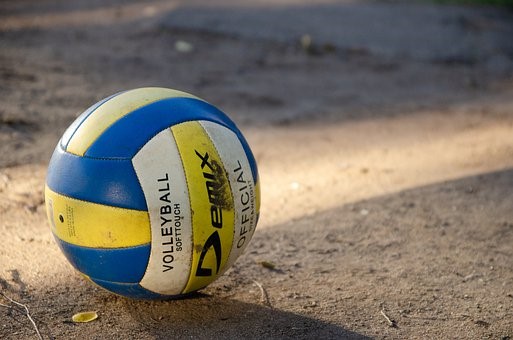
In the Midwest, we’re enduring another winter and just beginning what seems like the two longest (and coldest) months of the year: January and February. Thinking about beach volleyball with warm sand between our toes is a nice diversion. The ideal beach volleyball sand has characteristics that make running, jumping and diving into the sand easier on the player’s body. Below we have included photomicrographs of beach volleyball sand supplied to us by our friends at Sand Court Experts out of California.
Before we get to the beach volleyball sand, this is what a few teachers from around the country have been up to using the free samples they acquired from the Microscopy Society of America’s Project MICRO SANDBOX to create interesting and intriguing lessons.
From Geary, Oklahoma:
A group of fourth-grade math and science teachers are interested in exploring earth and life sciences with their students using sands from the MSA Sandbox collection. Students will study the many different biomes of our planet, then move on to geology. The teachers incorporate the study of sands from different places around the world as they transition to geology. That sounds like a great plan.
- Oranjested, Aruba
- Palm Beach, Aruba
- Action Lake, Houston Woods State Park, Ohio
- Davis Canyon Creek, San Luis Obispo, CA
- Death Valley Dunes, CA
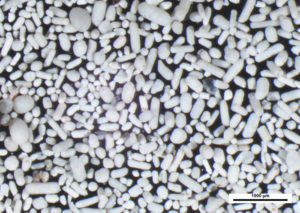
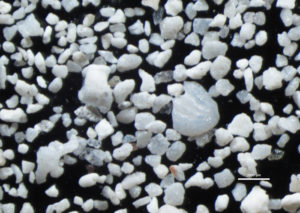
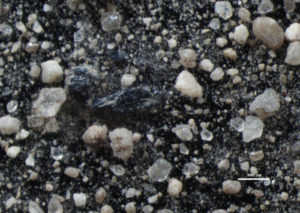
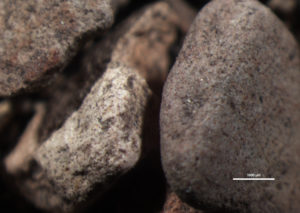
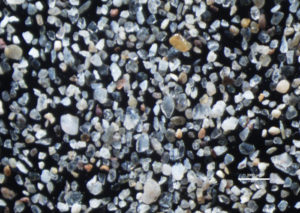
From Frenchtown, Montana:
The sands requested below will be used at the Geo 101 Education Table at the Hellgate Mineral Society Club show. The exhibit will feature three microscopes set up so students can examine and study the various sand samples.
- Stansbury Island 2, Exit 84 from I-80, ooltic aragonite
- Action Lakes, Houston Woods State Park, OH, coarse-fossils
- Pensacola, FL, coarse assorted shells
- Oranjested, Aruba, coral
- Volcanoes National Park, HI, lava
- Crescent City, Del Norte County, CA, green

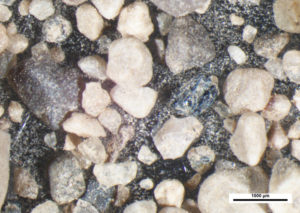
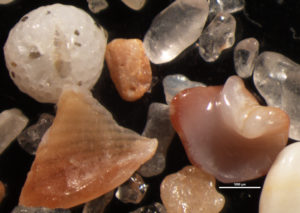
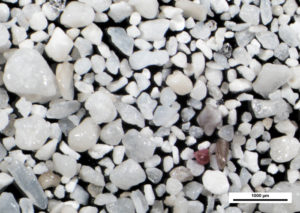
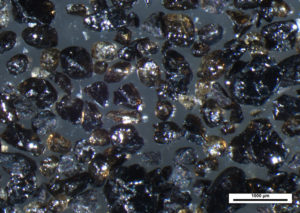
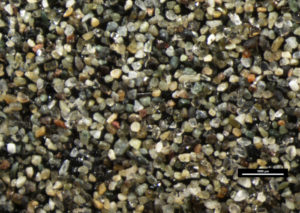
From Palo Alto, California:
A seventh- grade science class will be doing a study with the scanning electron microscope (SEM). Their program of study is to examine rocks and minerals, and how they relate to geology. The teachers believe that the sands requested from the wide-ranging list below will be of interest both from a geological standpoint and from imaging/elemental analysis standpoint from the SEM. We were excited to hear that scanning electron microscopy is being used at the middle school level. We hope to offer updates from this program.
- Mount St. Helens, WA
- Great Salt Lake, UT
- Tel Aviv, Israel
- Kruger National Park #1, South Africa
- Vanuatu Islands, South Pacific
- Botany Bay, Sydney, NSW, Australia
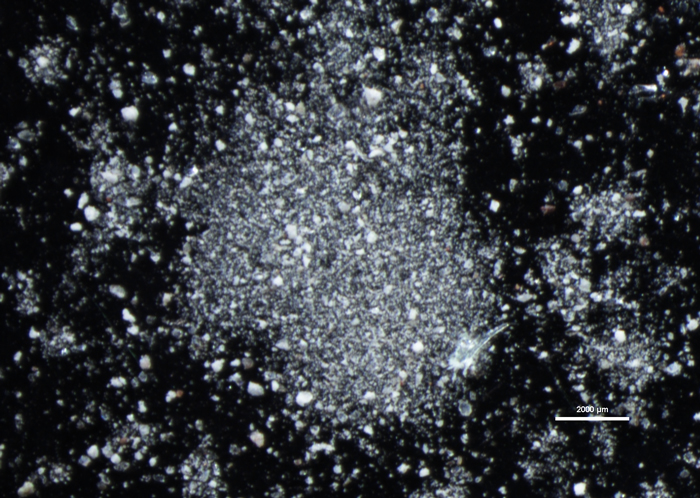
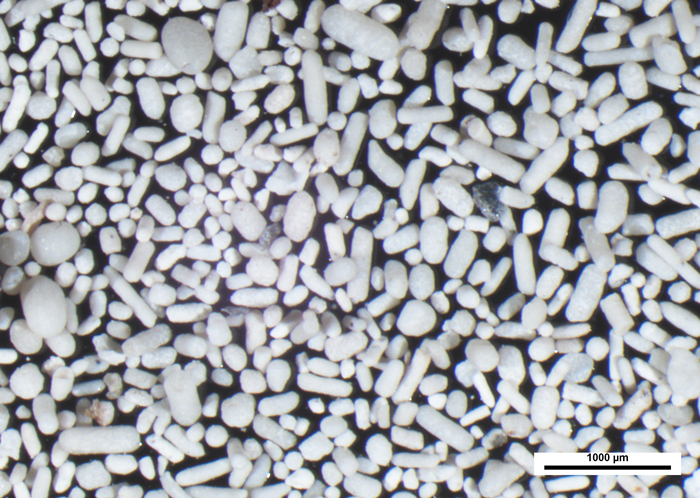

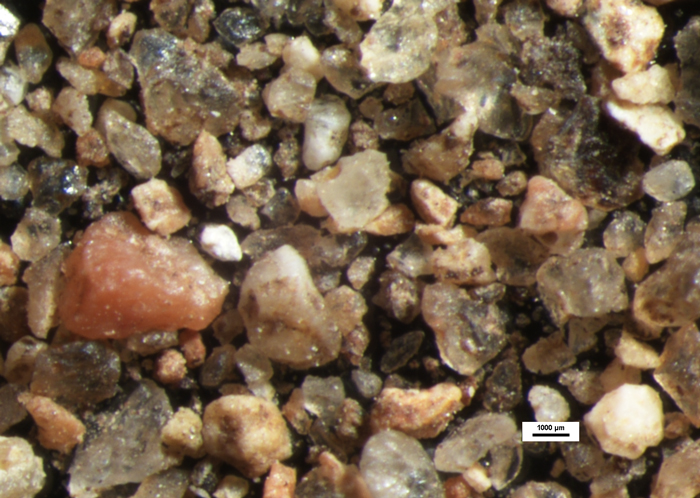
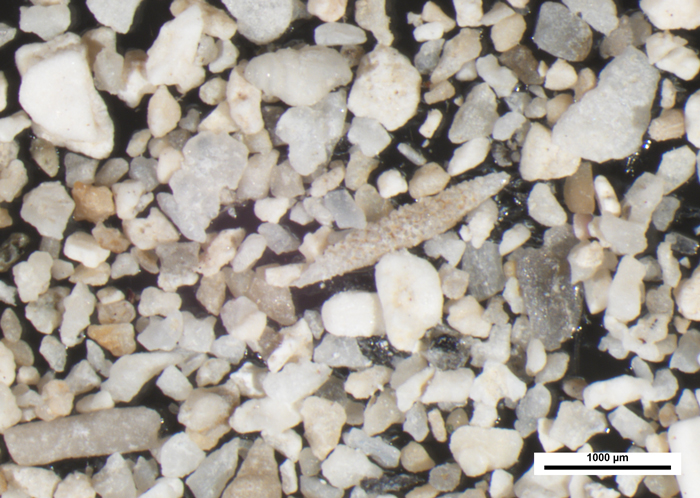
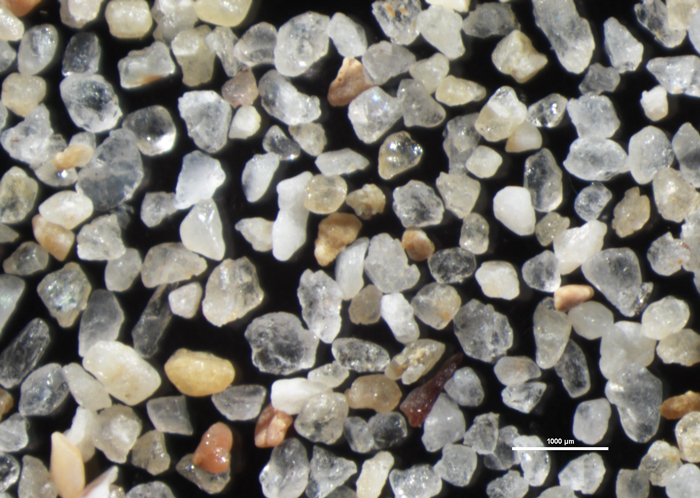
As teachers request sand samples from the MSA Sandbox, we will continue to photograph those sands using a stereomicroscope and share them here on Modern Microscopy, and on Pinterest—we encourage you to repin them to your boards.
A Closer Look at Beach Volleyball Sand
Playing volleyball on sand offers forgiveness when running, jumping and diving, saving your body from much of the impact you would experience playing indoor volleyball. Sand is also more difficult to move in, making your muscles work harder for every inch covered on the beach volleyball court. For beach volleyball courts, the goal is to mimic the medium-fine sand of Hermosa Beach, California—the crown jewel of beach volleyball sand. Our friends at Sand Court Experts provide custom-built sand beach volleyball courts, making sure that the ideal-size sand granules have the desired rounded shape to be easier on players’ feet. Who knew?
We found it interesting that the shape of the sand is mentioned in their specifications, and rounded particles of sand would certainly be found on a beach. This immediately made us reread John Gustav Delly’s article on microscopical geo-sourcing, in particular the bit about the microscopical characteristics of quartz, although the entire article is fascinating (Parts 1 and 2). We will not try to paraphrase what Delly so beautifully describes as the differences between water worn quartz (beach) and wind worn quartz (desert). Here is a quote from the piece:
“The particles will be rounded. How rounded? It depends on how fast the water is moving, the chemical components in the water, and the length of time of exposure. As the comminuted particles move against and over one another because of current, wave action, or movement from fish or bottom dwellers, the sharp edges and corners will be knocked off and the particles will start to round off. The rounding will be smooth because water is a good lubricant.”
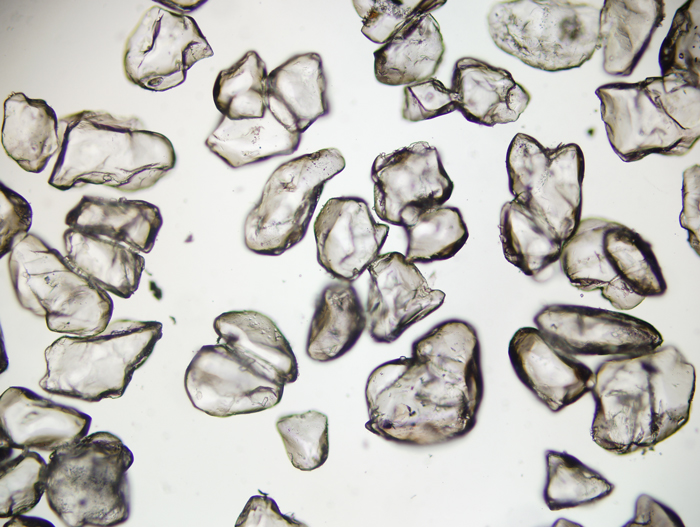
“How will it [wind worn quartz] be different from the water sample? Well, in the first place, the wind will blow the particles about, and so when our particles hit other grains on one of their sharp edges, the edge will be chipped—perhaps completely off, and the particle will become rounded, just as it did in moving water. The difference is that the fluid lubricant now is not water, but air. Air is a terrible lubricant, so the grains, when they strike one another, will leave scratches and gouges that are not smoothly polished, but coarsely rounded, and rough polished with surface scratches. This is called wind worn or wind attrition.”
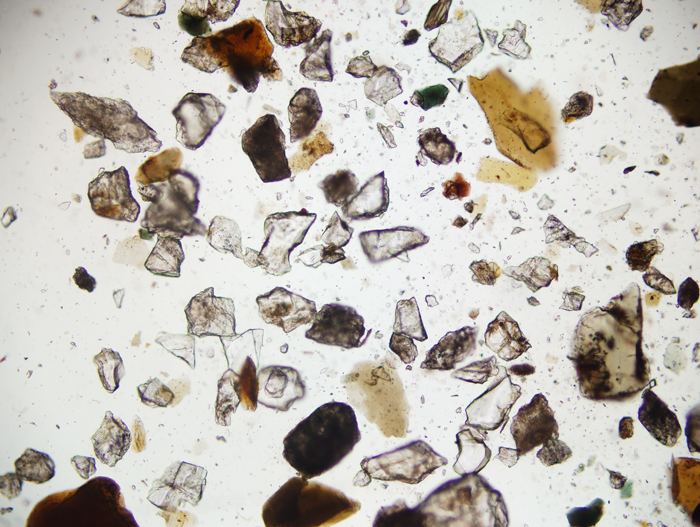
With the knowledge of wind-worn versus water-worn quartz in hand, let’s check out some of the professional beach volleyball sand samples.
Technical Timeout
Sand Court Experts sent us 11 different sand samples in resealable sandwich bags. Some of the sand samples were damp, so we opened the bags and let them dry out before attempting to mount them onto our sand study cards. Notice the range of colors between samples.
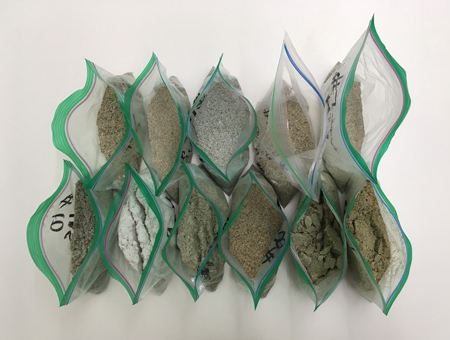
After the samples were dry, we mounted each onto its corresponding sand study card. The color difference between some of the samples is still noticeable.
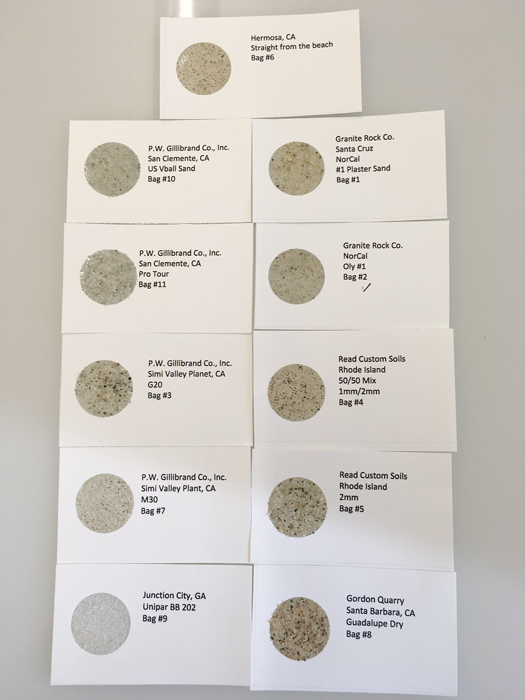
When considering a sand to be used in a professional beach volleyball setting, designers are looking for certain qualities, like granular shape (rounded), potential dust levels, compactability, and size ranges. As you will see from the photomicrographs of the 11 sand samples below, many of the sands do not have water-worn characteristics. Several of the samples have been mined from quarries and then pulverized, therefore having a more wind-worn or mechanically-altered appearance.
The first image in the beach volleyball sand gallery is the Hermosa Beach sample. Based on the photomicrographs, which sand do you think most closely resembles the properties of the Hermosa Beach sand? In our opinion, the sample from Santa Barbara most closely resembles the Hermosa Beach sample in color. However, it appears that the particle size of the Hermosa Beach sand is about one-fourth the size of the Santa Barbara sand.
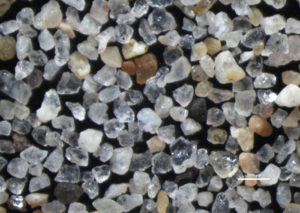
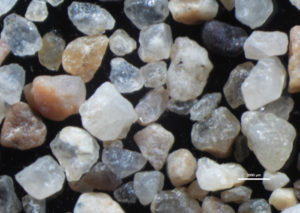
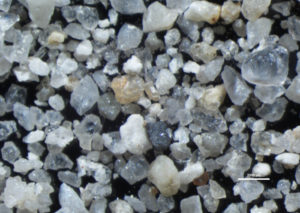
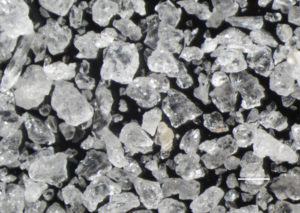
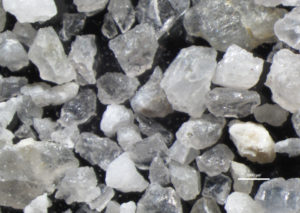
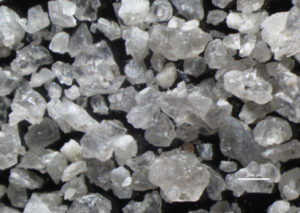
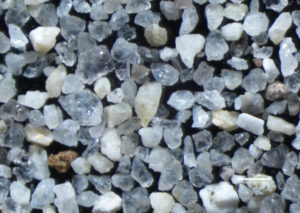
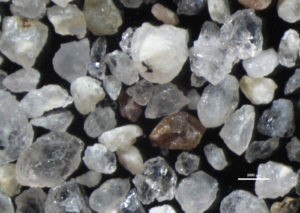
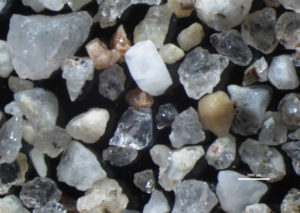
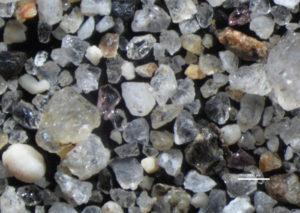
Comments
add comment